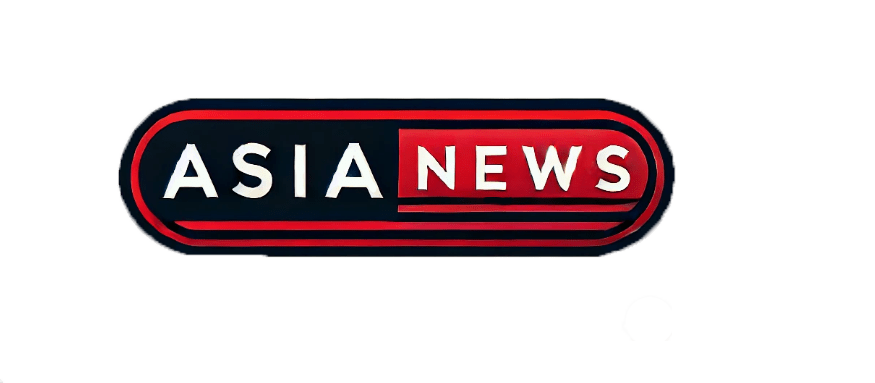Industrial Paint Poisoning Sickens Over 230 Children
In early July, more than 230 children at Heshi Peixin Kindergarten in Tianshui, Gansu province, suffered acute lead poisoning after consuming school meals contaminated with industrial-grade lead paint powder. Dishes like multicolored red date cakes and sausage corn buns were found to contain lead levels thousands of times above safe limits, hospitalizing 201 students and elevating blood lead in 247 children and staff members.
Six Arrested, Nearly 30 Under Investigation
Authorities have arrested six people, including the principal, cook, and a financial backer, charged with deliberately serving toxic food. Disciplinary investigations are now targeting 27 others within the kindergarten, local hospital, disease control agency, and education bureau over failures in inspection, oversight, and possible cover-up.
Paint Powder Purchased Online to Enhance Food Appearance
Per the official report, the principal authorized the purchase of online industrial pigments—explicitly labelled as non-edible—to improve food color and plasticize enrollment appeal. One pigment was recorded with lead levels up to 400,000 times the legal safety threshold.
Institutional Failures and Concealed Evidence
The incident exposed systemic negligence:
- The provincial CDC took samples improperly, drastically underestimating actual contamination levels.
- Tianshui Second People’s Hospital allegedly altered children’s blood test results.
- The local education bureau failed to inspect unlicensed private kindergartens and was suspected of taking bribes from school investors.
Parents Protest as Authorities Apologize
The Gansu provincial government officially apologized, and angry parents staged protests outside the kindergarten. Clashes with police ensued, with demonstrators demanding accountability and justice for those responsible.
Health Risks and Immediate Medical Response
Children exhibited symptoms including nausea, stomach pain, and tooth discoloration. Lead exposure poses serious risks to young children—affecting the brain and central nervous system—even at low levels, according to the World Health Organization.
Wider Implications for Food Safety
This incident—one of the most severe food safety scandals in recent memory—reignites national concern over systemic vulnerabilities. It has drawn parallels to the 2008 tainted milk scandal and underscores persistent gaps in public health safeguards.
Path Forward: Oversight and Reform
Officials have launched anti-corruption investigations and introduced new food safety guidelines for schools. However, critics warn that without structural reform—including whistleblower protections and independent oversight—China risks repeating these tragedies.
Final Take
The deliberate use of toxic paint in school meals represents a shocking breach of public trust. With children gravely harmed and institutions implicated, the event calls for swift action and systemic reform to rebuild confidence and ensure no child is endangered again.










